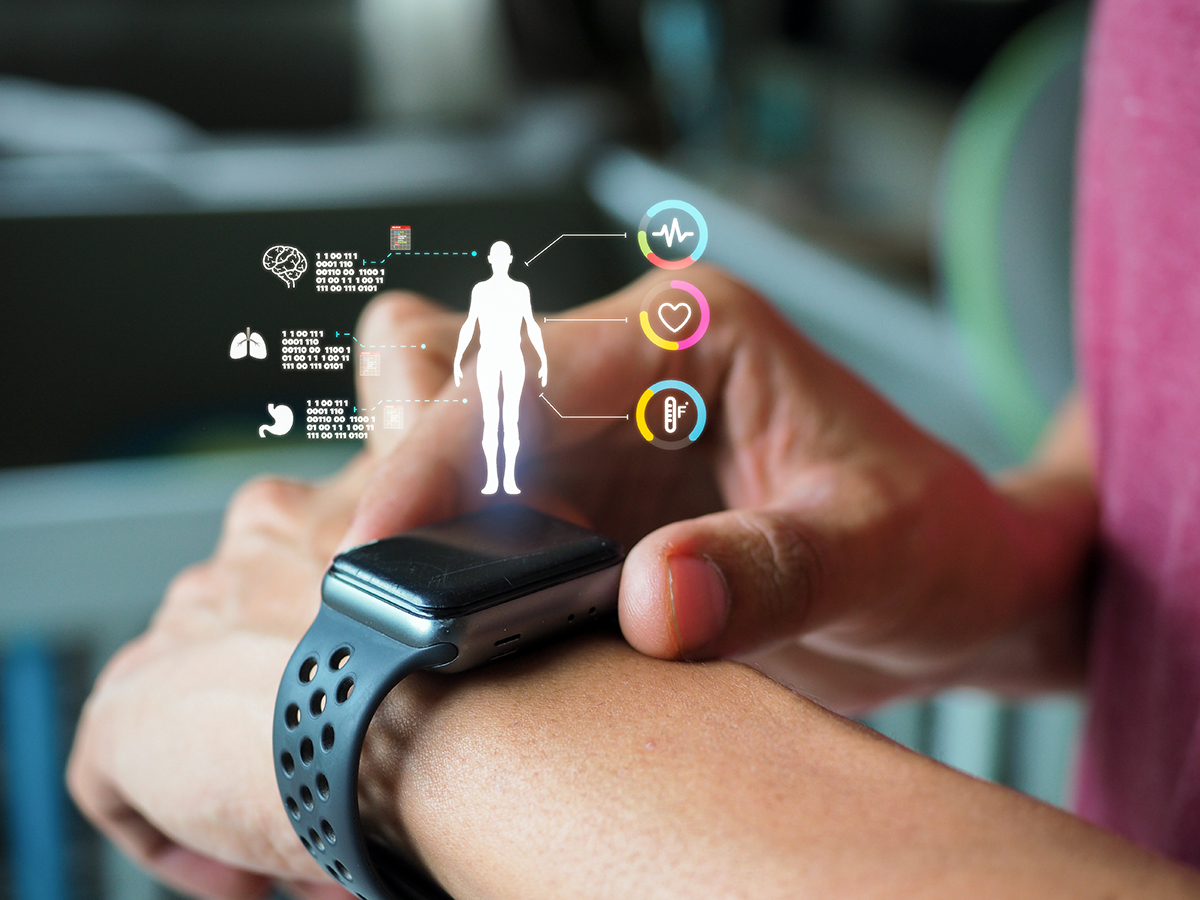
Navigating Complex Healthcare Landscape: Embracing Technological Advancements

The complex healthcare industry is a midst of a profound transformation, driven by technological advancements that promise to revolutionize patient care and healthcare delivery. From the integration of generative AI to the widespread adoption of biometric wearables, the landscape of healthcare is evolving rapidly.
The absence of adoption of global standards inside the healthcare delivery chain emerges as a formidable barrier, hindering the correct identity of products. Urgent calls for standardization were sounded to ensure the reliability and quality of sourced products, a necessity underscored by the disruptions experienced during the COVID-19 pandemic.
Also Read: Top 3 Use Cases of AI From a Healthcare Technology Leader
The Role of Gen-AI and BI in Healthcare Transformation:
AI and BI has changed the way patient data is used to predict and analyse disease and treatment patterns by providing real time insights to physicians, clinicians and regulatory authorities for better patient care and improve the health and wellness of patients across the globe.
The transition from chat-based to multimodal AI, facilitates better medication adherence and overall healthcare outcomes. However, to realize the full potential of AI in the global healthcare footprint, integration into clinical workflows is crucial, requiring organizations to navigate regulatory requirements and address diverse stakeholder perspectives.
Also Read: Breaking Down Barriers to Price Transparency: Strategies for Providers
Advancements in Biometric Wearables:
As technology advances, sensors have become increasingly cost-effective and low powered, paving the way for sensor fusion. This type of sensor integration mimics our human senses to give us a more profound understanding of patient health and could change medical services for good and help patients.
Biometric wearable devices can track health data in real time, such as heart rate, sleep, and respiration, during clinical trials. This data can help with personalized treatment approaches by providing insights into medication effectiveness and side effects. These devices, powered by advancements in Wi-Fi, Bluetooth, and 5G networks, enable seamless data transmission to the cloud, empowering healthcare providers to track and manage patient conditions effectively. Additionally, to leverage the full potential of a cloud architecture in healthcare systems, cloud systems must address the needs of security, compliance, flexibility, and time savings. Biometric sensors can also help with remote patient monitoring, which can lead to early intervention for chronic conditions and reduced hospital readmissions.
Also Read: Creating Data-Driven Digital Front Doors for Healthcare Payers
Collaboration for Enhanced Patient Care:
Collaboration is a key to improving patient care standards in healthcare.
Despite the progress, many organizations still struggle with a lack of robust analytics systems, compounded by the lack of digital maturity prevalent in healthcare industry.
In industrialized countries, only a minority of healthcare organizations have implemented comprehensive track-and-trace system, but opportunities for improvement are abound, particularly through technologies such as wearables, technical best practices, and data security initiatives.
Collaborative efforts between healthcare organizations and technology companies are critical to achieving meaningful improvements in patient care. Sharing information about clinical trials, accurate medical records and patient feedback can make a difference.
Also Read: What Can Digital Twins Do for Healthcare Providers?
Quality Engineering and DevOps in Health Tech:
Quality of engineering plays a crucial role in health tech companies, where nature of the product is multi-dimensional; it involves-preventing, identifying, and mitigating issues, among others by conducting thorough tests (functional & security) and building a robust product architecture.
Healthcare applications are used for detection and monitoring, it is important to maintain high availability. Efficient remediation processes are equally essential to ensure immediate rollback or hotfix to address recognized problems immediately and resolve effectively.
Early Implementation of Quality Engineering is beneficial in growing healthcare programs. Establishing robust satisfactory engineering practices from the outset is essential. Rather than solely counting on developers, businesses must prioritize the advent of pre-production environments for complete testing.
These practices and investments in quality engineering can contribute to creating products that are reliable and offer a better experience to health care providers and patients.
Conclusion:
The future of healthcare is intricately linked with technological innovations that promise to enhance patient care and transform healthcare delivery.
From biometric wearables to AI-driven insights and quality engineering practices, organizations must embrace these advancements to navigate the complex healthcare landscape successfully.
By prioritizing collaboration, standardization, and continuous improvement, the healthcare industry can realize its full potential and ensure the well-being of patients worldwide.
This topic was originally discussed in the webinar titled “The Future of Healthcare is here” hosted by Apexon.
For more information refer to the link below- https://www.apexon.com/the-future-of-healthcare-is-here/
Also read: Is Shift Left in Testing the Same for Greenfield and Brownfield Projects?




